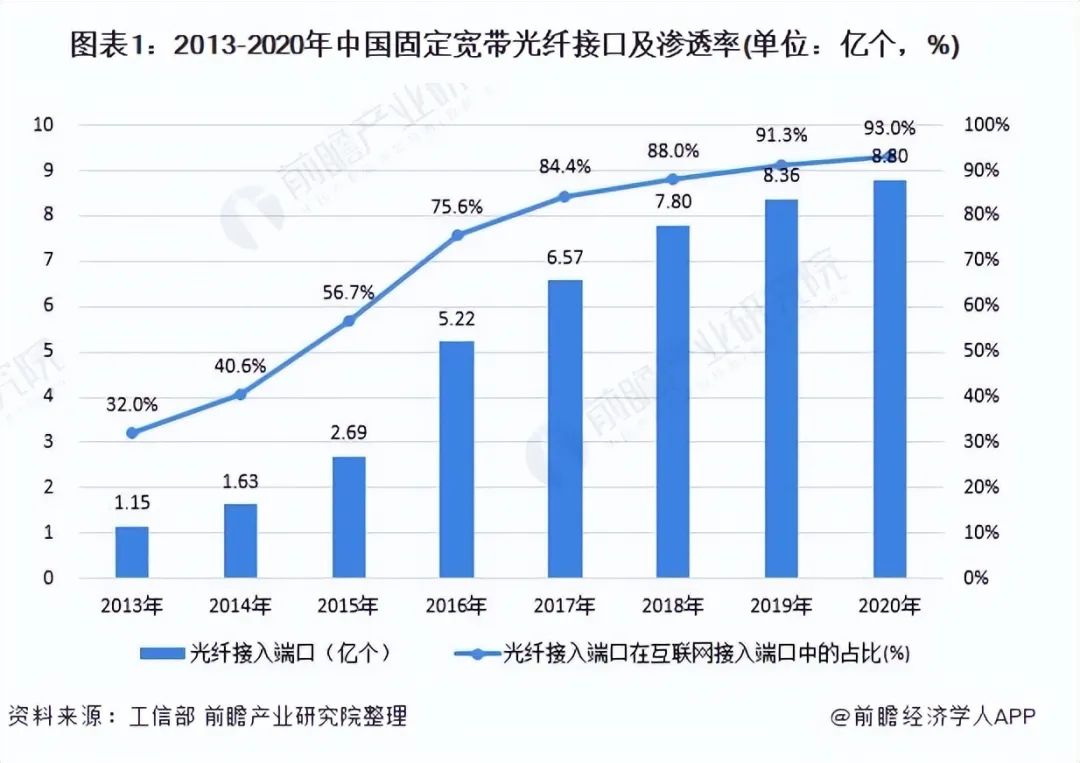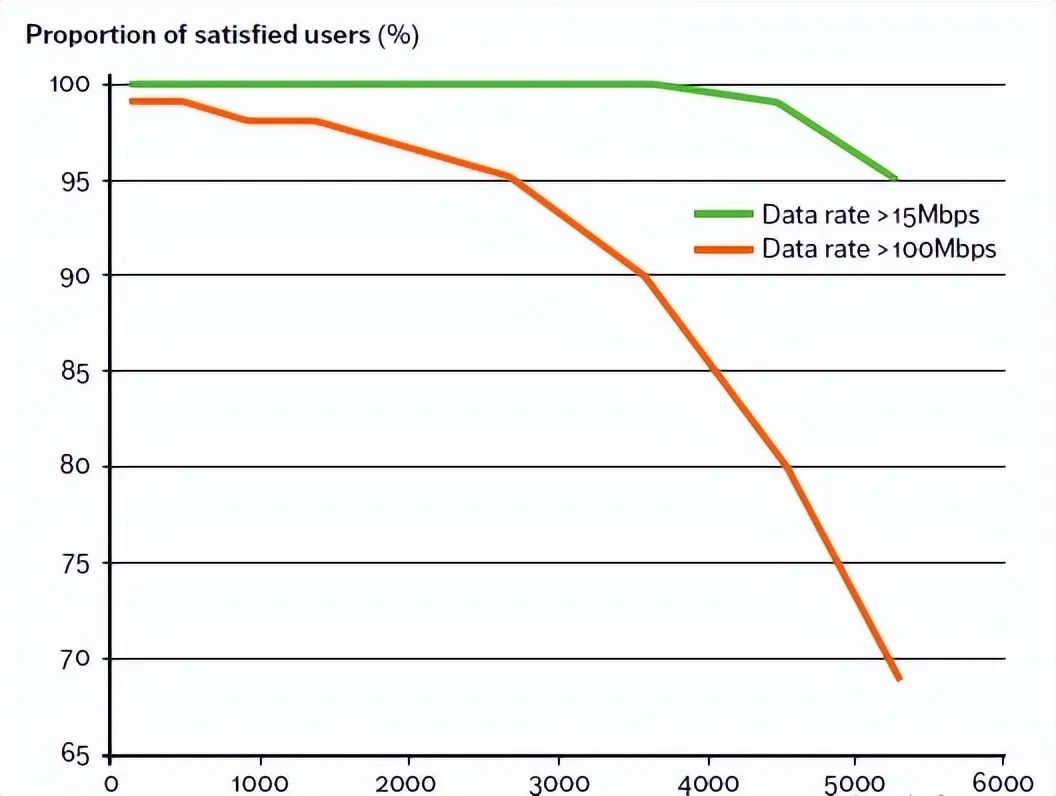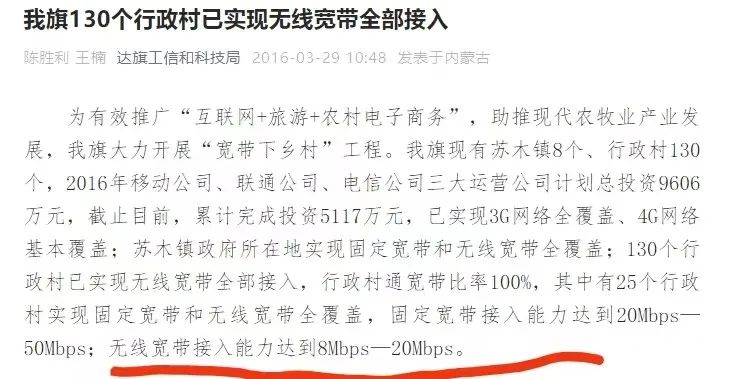Home broadband can also be accessed wirelessly, what are the benefits of this for IoT


People are looking forward to a cheaper broadband
Do you feel lonely when you work hard alone in a big city and watch your peers in the circle of friends show off their happy lives? I don't know what the strong guys think, but Xiao Ming does feel lonely - when his mobile phone can't load the photos posted by his friends in the rental house in the urban village.
I couldn't help asking him, since the operator's wireless network is poor, why not use wired broadband? He said to me, who didn't seem to have experienced human suffering: "If I use broadband, do I still need to live in an urban village? What's more, I don't even know when my house will be rented, and the wired broadband will always be settled annually. I think it's not worth it for me who is careful (stingy)."
This is the true portrayal of countless migrant workers in big cities. In fact, due to market competition, the current price of wired broadband has dropped significantly compared to the past. Those who are unwilling to access wired broadband are extremely price-sensitive users, and the possibility of using fixed broadband in the future is relatively small. According to data from the Ministry of Industry and Information Technology, my country's fixed broadband access ports began to slow down significantly after 2017, and the fixed broadband market has become saturated.

For those users who have not yet accessed fixed broadband, they are actually willing to sacrifice part of the speed and quality of broadband Internet access in exchange for lower broadband costs. And Broadband Wireless Access (FWA for short) may just be able to meet their needs.
What is Broadband Wireless Access (FWA)
FWA refers to the use of wireless technology to achieve fixed broadband access in the home. The access process is shown in the figure below. It is to put a wireless router at home (called CPE in the communication industry, Customer Premises Equipment, customer terminal equipment), then It can directly connect to the wireless base station through the wireless network, and then access the Internet.
As a low-cost, easy-to-deploy flexible broadband solution, FWA has always played an important role in the broadband industry. In addition to the Chinese market, the number of new 4G FWA users in 2019 exceeded that of wired broadband; the number of wireless broadband connections in 12 countries exceeded that of wired broadband. With the development of 5G, more and more operators around the world have opened 5G FWA services, making it the most important business for many operators in addition to wired broadband.
Why are foreign operators so keen on FWA?
First, FWA has always been an ideal choice for rapid broadband deployment in many countries and regions due to the advantages of not having to acquire the right of way, dig trenches and bury cables, and drill holes through walls. At the same time, with the maturity of 4G and the arrival of 5G, today's 4G/5G FWA can achieve Gbps downlink bandwidth and provide a fiber-like experience, so it is favored by operators and users, and has become a powerful tool for mobile operators to expand the home broadband market.
Second, at present, the penetration rate of 5G users is low, and there are not many landing scenarios. Most 5G operators have a light network service load, and it is difficult to quickly realize the investment. At this time, the development of home users and the use of idle networks can increase new income. .
现在可能是推广FWA最好的时候
先从技术角度上说,当一项技术好用又实惠时,就是它拓展市场最好的时候。此前3G、4G的宽带无线接入并不普及,在很大程度上在于其容量非常有限,无法达到规模经济效应。而5G提供的容量是4G的10到100倍,因此它有潜力大规模实现FWA解决方案。
爱立信的工程师曾进行一个FWA的试验,在一个人口密度为每平方公里5000户家庭左右,每月每用户的最大流量需求为5200GB的场景下得到以下数据图。可以看到,5G FWA网络在这样高负荷情况下,可满足95%的用户数据速率大于15Mbps,69%的用户速率大于100Mbps。

再从需求的角度来说,对于在较为发达的地区的国内用户,文章开头已经说过,目前有线宽带市场已经接近饱和,FWA可以提供一种费用更为低廉的宽带接入方式。
而在欠发达,施工条件比较艰难或者人口密度比较低的地区,FWA可以帮助用户用上家庭宽带。比如在内蒙古,运营商就提供无线宽带实现了宽带全覆盖,让每户居民都能在信息时代体验到稳定的上网速度,并进行电子商务等互联网+工作,对我国的扶贫工作有重大意义。

对于国外用户来说,需求就更大了,因为国外的移动网络覆盖程度和质量比国内差很多,而且很多国家的经济水平并不高。以热带岛国斯里兰卡为例,2013年该国的家庭宽带普及率约9%,80%的斯里兰卡人居住在人口稀疏的农村地区,不同的经济阶层之间的数字鸿沟尤为突出。当地运营商采用4G FWA技术,在2019年将家庭宽带普及率提升到了26%,帮助80万人脱离了数字真空状态,并在远程教育、智慧医疗、数字金融等多个领域广泛应用。
FWA能给IoT产业带来什么
首先,FWA可以让更多家庭用户用上宽带,也就给这些家庭享受智慧家电提供了条件。同时,FWA也为已经装了固定宽带的家庭用户提供了一种低成本连接的选择,丰富他们使用各种在线智能业务的场景。
其次,相对于连接到局域网的智能设备,用FWA连接的设备更适合远程管理。比如智能音箱,扫地机器人这类的单品级的产品对于直接连接到运营商的网络需求不大,只需要连个局域网络就行,但是有很多带有安全,或者监控管理的IoT设备是需要通过运营商的网络,连接到互联网后再进行远程管理的,所以可以一步到位的FWA显然更有优势。
最后,FWA比局域网更安全。智能家电的使用会产生很多关于用户的隐私信息,局域网的网络密码容易被破解,而蜂窝网络的安全级别会更高。
写在最后
让全世界的每一个角落都能连上网络(让每一个人都支付网络连接费用),是过去多年来科技巨头们共同的梦想。根据世界银行的报告,宽带普及可消除数字鸿沟,并有效提升发展中国家以及欠发达国家经济水平。宽带普及率若提高10%,平均GDP将增长约1.3%。而在网络发达地区,更高质量的宽带体验和更多元化的宽带选择可以促进更多的物联网使用场景,并有力促进数字经济的发展。FWA作为一种低成本、易部署的宽带,自然会发挥越来越重要的作用。